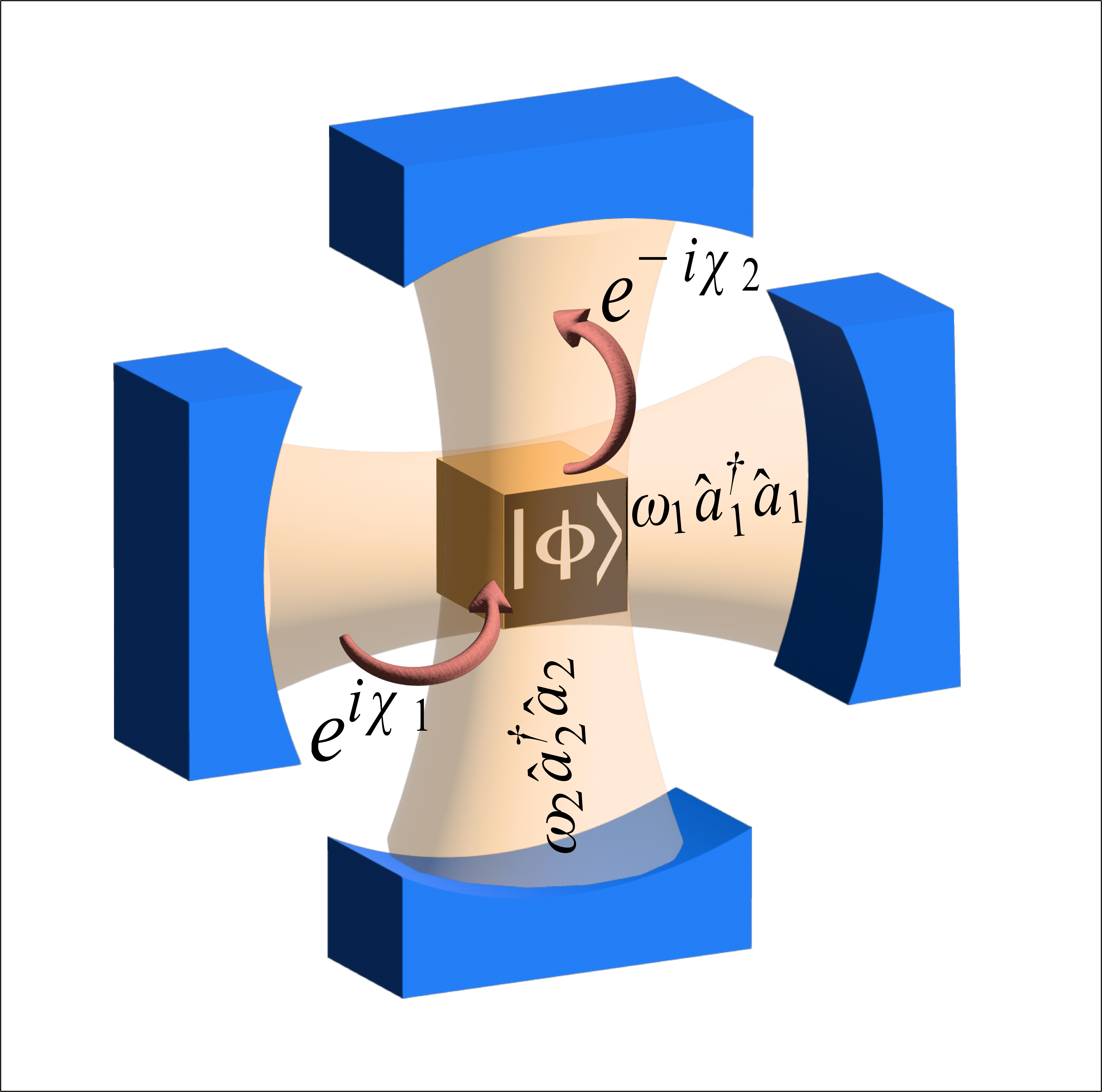Photon-resolved Floquet theory: Full-Counting statistics of the driving field in Floquet systems

Floquet theory and other semiclassical approaches are very successful in describing quantum matter which is subject to external driving fields. While accurately predicting the state of the driven quantum system, Floquet theory per se is not concerned with the state of the photonic driving field. Full-counting statistics (FCS) has become a well-established method in electron transport through semiconductor nanostructures to predict the statistics of electrons having tunneled between distinct electron reservoirs. Similarly to the FCS in electronic systems, the photon-resolved Floquet theory (PRFT) introduces counting fields into the semiclassical equation of motion of the driven quantum system, which tracks the photon exchange with distinct coherent photonic driving fields [1,2]. This approach enables a numerical efficent and accurate way to calculate the joint light-matter dynamics. Besides others, the PRFT predicts an intriguing light-matter entanglement effect, in which the state of the light field is steered by the Floquet states, generalizations of eigenstates in time-independent system to the peridically-driven case [1]. This entangled light-matter state theoretically enables a highly efficent quantum communication protocol, which uses coherent light fields instead of few-photon protocol. The light-matter entanglement can survive even in the presence of dissipation, as investigates in the PRFT framework extension for open quantum systems [3].

